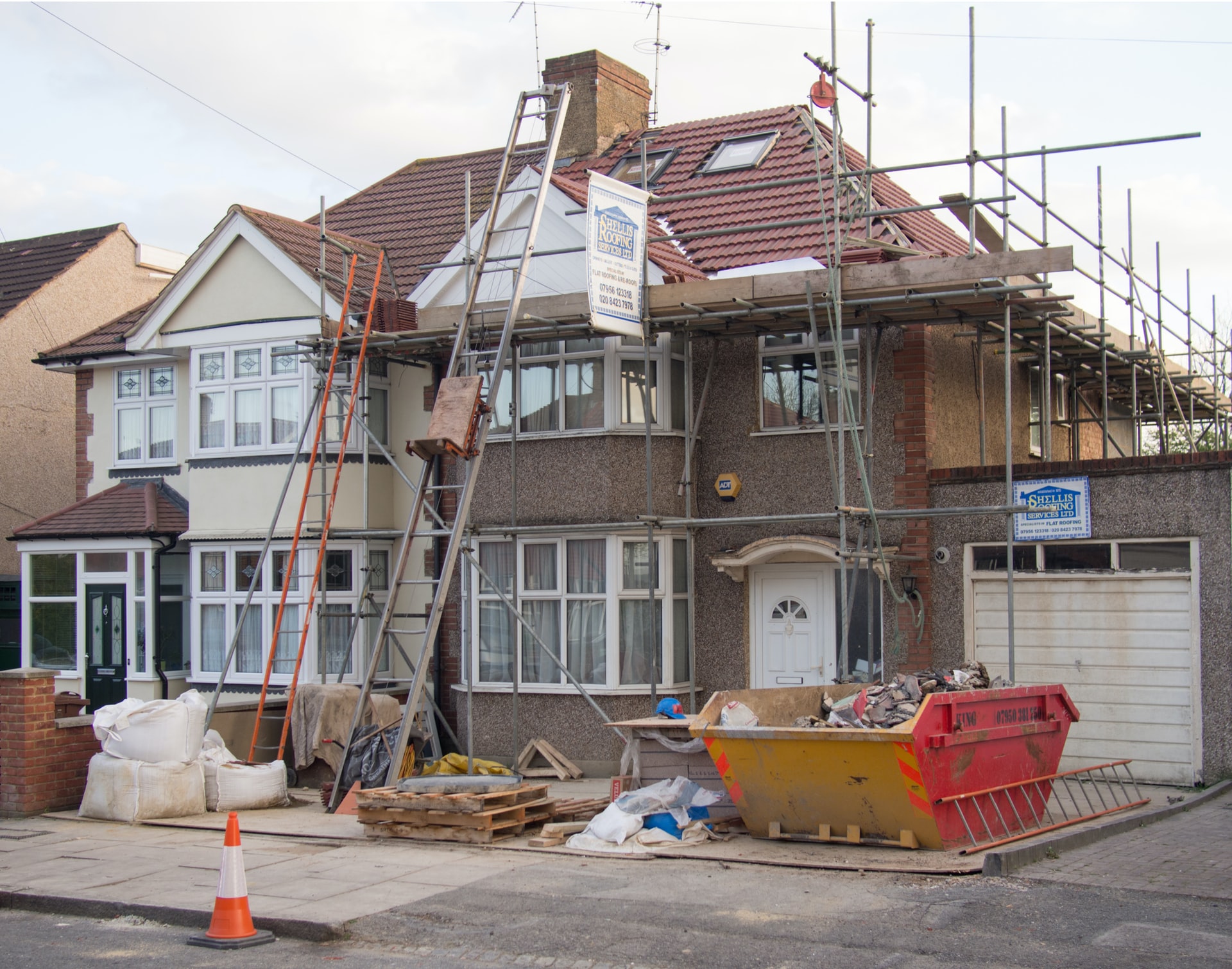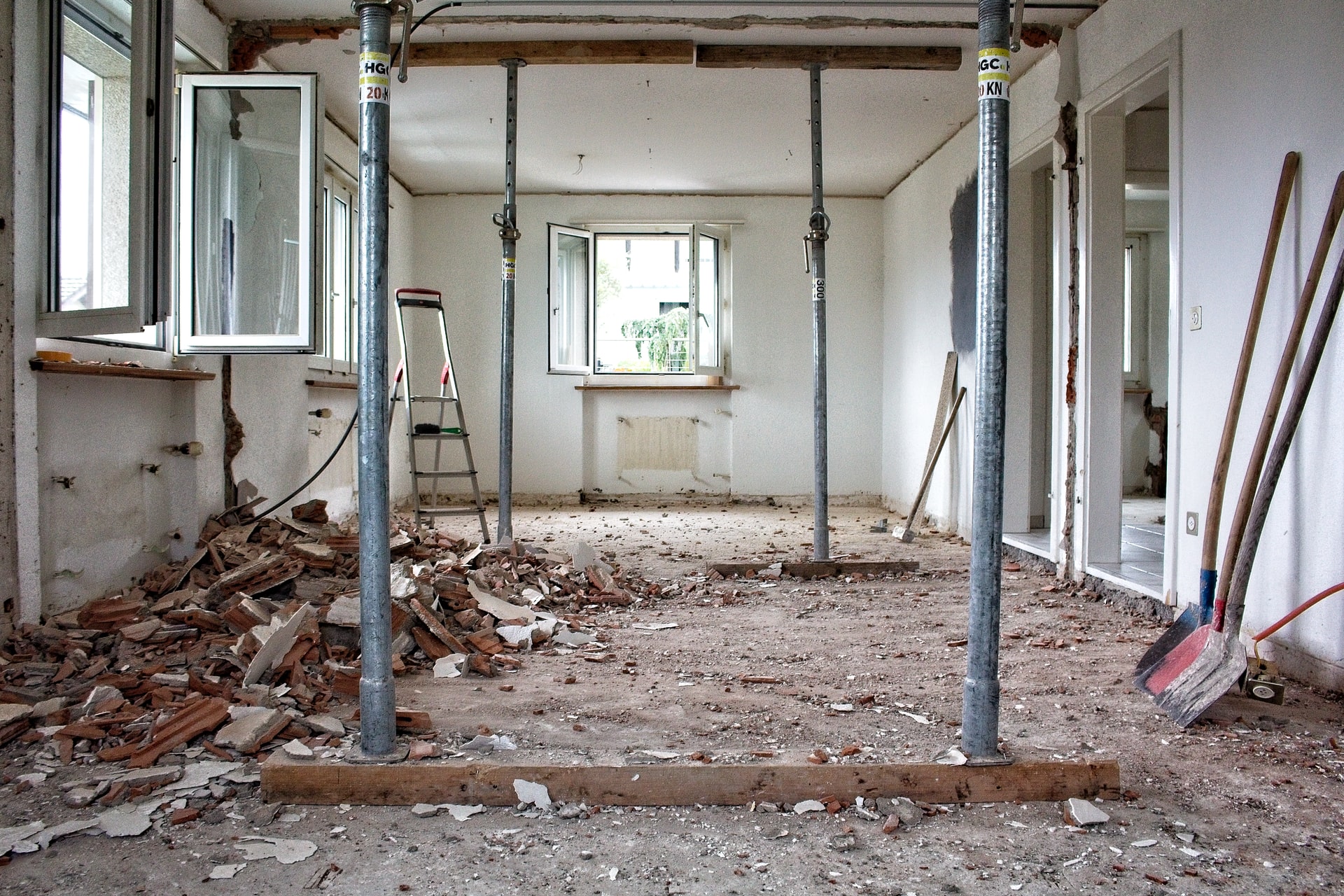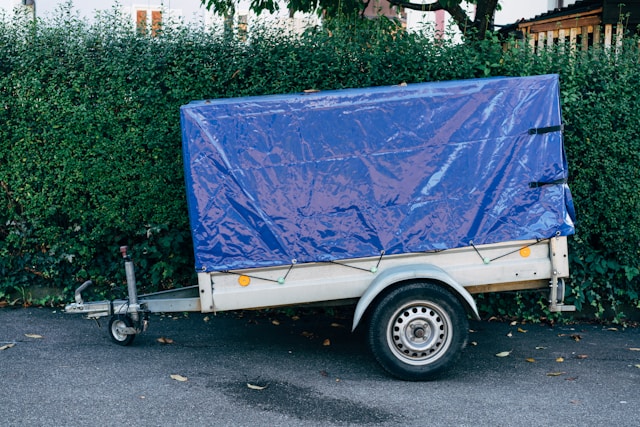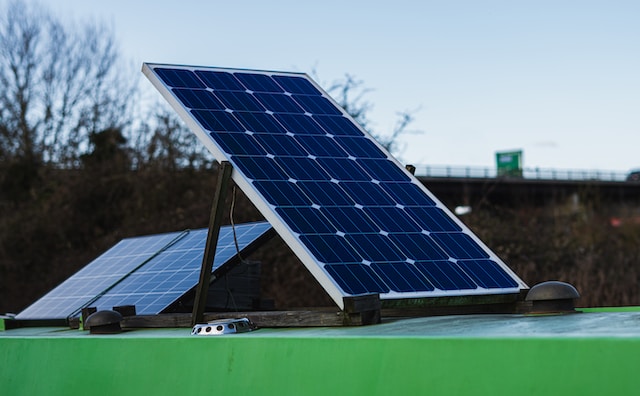Properties are here to stay, but houses are less permanent than you’d think. People say goodbye to their old homes for several reasons. First, a natural disaster may have struck, and the damage might be irreparable.
The cost of remodeling may not be practical. Sometimes, you can completely demolish your home and put up a new one for a similar amount. Starting over from scratch is scary, but it may be worth the effort.
In this article, you’ll learn about the basics of house demolition. So if you’re ready to let your home go and embrace a new structure, let’s get started!
A Quick Intro to House Demolition
House demolition is not an easy task as all kinds of precautions and safety measurements must be ensured. A lot of the old houses in Brisbane, Australia have asbestos, and if that’s the case, it is best to rely on professionals like those from Total Demolition Brisbane.
Nevertheless, here’s how you can prepare for the change in a few easy steps.
- Contact a mortgage lender for your house demolition project.
- Get estimates from various contractors and experts.
- Obtain the necessary permits.
- Contact the utility companies before demolishing your structure.
- Check for hazardous materials for health and safety.
Types of Demolition Methods
There are multiple ways to bring down a house, so you need to figure out which method works best for you. There are typically three approaches to demolishing a home: deconstruction, mechanical demolition, or both. If you plan to execute a mechanical demolition, renting in dumpster rental Hartford ct will make hauling away the debris easier.
1. Deconstruction
The deconstruction process takes the house apart by hand. It’s a tedious process but a more thorough one. Demolition requires you to strip and deconstruct the place one piece at a time. The intention is to salvage materials inside the house.
The debris is then taken away by a truck. Contractors typically use a mix of the two methods to repurpose valuable items. The Environmental Protection Agency claims deconstruction can recycle around 70 percent of the building materials. Such items include copper pipes, lumber, and light fixtures.
If the wood, doors, and windows are in good shape, you can donate, sell, or reuse them. Deconstruction is undoubtedly more environmentally friendly. However, it’s a lengthy process and often a costly one. If you’re doing this alone, you need help from friends, family, or professionals.
2. Mechanical Demolition
On the other hand, mechanical demolition razes the building with heavy machinery. This method is the most common form of wreckage as it’s more cost-effective and faster. But then, you have to tear down the house with hydraulic excavators or other heavy machinery.
The debris is hauled away with a truck dumpster. Mechanical demolition is the cheapest and quickest solution. In Brisbane, it typically costs between $4,000 and $14,000. But, of course, this depends on the size of your home.
3. The Symbiotic Relationship between Deconstruction and Demolition
The most effective form of house demolition is the combination of the other two methods. This method requires you to deconstruct the house first. Then you go through every nook and cranny to salvage reusable materials.
Once all the desired products are collected, what remains is flatted, and the debris is hauled away. If you want a cost-efficient yet environmentally-process, this process is the way to go.
Step 1: Getting the Right House Demolition Contractor
A licensed and insured demolition contractor will help you wreck your home efficiently. They’ll know how to manage the demolition waste effectively too. First, the team will meet you at your site and discuss the possible solutions. Then, as experts, they’ll be able to walk you through all the options.
However, make sure to get the proposals or estimates in writing. The contractors should spell out each of their responsibilities. See who will pay for which activity and get the permits for getting the work done. They’ll also have the necessary construction equipment required in most worksites.
The demolition contractor should know what inspection requirements in the area are. Most states recommend older buildings be inspected before demolition. You must look for asbestos, mold, rotted wood, and other hazardous materials.
Moreover, the foundation is tricky to work with. You can break it down manually and get it sorted. However, it’s a grueling process. It’s easier to get a professional to do it, primarily since they use excavators to get the job done. If you’re considering a career in this field, exploring the excavator operator career can provide excellent work opportunities in construction and beyond.
After: It’s easier to get a professional to do it, primarily since they use excavators to get the job done
Step 2: Sourcing the Required Permits
Whether you need permits for house demolition depends on the state. In Brisbane, Queensland, you’ll need permission from the local building department before tearing down a house.
You cannot demolish a house without getting the necessary permits. Check out your town’s website for more details. You’ll learn which permits are required according to the state regulations.
Each state has different rules. Yours might differ in noise, debris disposal, or demolition hours. If you’re hiring a contractor, you’re good to go. It’s their job to be informed about these details. They should be able to source all the permits for you.
You don’t want to skip this step. If the city or county administrators find out you’re demolishing your home without a permit, they will suspend the operation. You might also face hefty fines.
Step 3: Contacting the Utility Companies

Photo by Brett Jordan on Unsplash
Before the house demolition process, gas, water, and electricity lines should be terminated. You can’t start the operations without this step. In some locations, the fire department or other building authority may perform an inspection to ensure all the utilities are appropriately detached.
Once this is sorted, start deconstructing from the top. Remove shingles on the roof. Get rid of the plywood. Remove the interior fixtures like plumbing or electrical lines.
Step 4: Checking for Dangerous Materials
You should dispose of asbestos, lead paint, and other dangerous materials properly. Most old constructions contain these materials, and you must handle them accordingly.
If asbestos was used in your building’s flooring, ceilings, or insulation, it’s best to get contractors to remove it. This way, you can avoid airborne asbestos exposure, which is detrimental to your health. Proper mold removal should be followed to avoid becoming seriously ill or injured.
Get busy ripping down your home once you’ve handled all the preliminary tasks. Demo contractors use a combination of deconstruction and mechanical demolition with equipment like hydraulic excavators and other heavy machinery.
The process varies according to the condition and size of the property—the materials used during construction matter too. Of course, the local building regulations must be adhered to as well.
Step 5: Making Sure the Area is Safe for Your Neighbors
In addition to cutting off utilities, you should protect the adjoining buildings and walkways. You can do this by putting up debris-containing fencing.
Pro-tip: Talk to your neighbors. You need to let them know what is happening before the demolition begins. The process is messy and noisy.
Step 6: Getting Ready for Salvaging
If you think you have salvageable or recyclable materials in your home, work with your contractor to remove them beforehand. Then, you can resell or donate these items to organizations.
The best part about this is it saves you time and money. You can keep
materials away from landfills and let the experts handle the tricky details. Moreover, these programs are tax-deductible. So you get to save on demolition costs!
Can House Demolition Be Done Alone?
If you’re looking for a concise answer, then yes. You can demolish your home on your own. However, you’ll have to do a lot of work before starting. You can’t just start swinging a sledgehammer and hope for the best.
It’s crucial to follow the required steps for safety purposes. You must also be in compliance with local regulations. Most importantly, you need to ask yourself whether you have the time and resources to take on the task. As mentioned before, it’s a grueling process. House demolition is not for the faint-hearted!
Contact a few licensed demolition contractors even if you want to do the job yourself. They will help you understand how much the operation will cost. You can expect to spend from $5,000 to $20,000 or more. Again, it depends on how large your building is.
Pro-tip: Get at least three quotes from contractors specializing in house demolition.
Moreover, you need to contact the lender of your property if there is a mortgage on it. They’re financing it, after all! So, you need their permission for home demolition as well.
They might ask for immediate payment in addition to your mortgage. However, every contract is different. Take a closer look at yours before getting started with the demolition process.
When you find out how much time and effort it takes to demolish a home, you might hire a contractor. But don’t fret. Planning is the secret to a seamless home demolition process. Follow the steps mentioned above to save time, money, and headaches.
Final Thoughts
House demolition can be a daunting and time-consuming task if not planned properly. However, with help from professionals and by following this step-by-step guide, this process can be managed well.
After the house demolition process is over, get ready for what comes next. If you’re reconstructing on the same site, you can ask your contractors to use their equipment to prepare the foundation for your next home. Again, it’s all about foresight. Plan and execute the change wisely!







